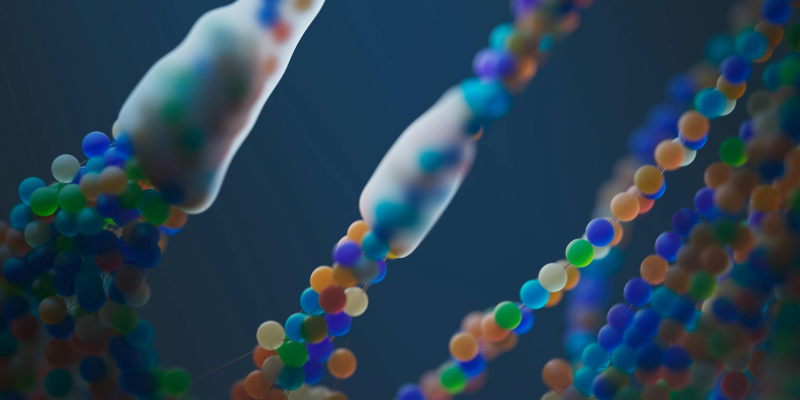Proteins as precision macromolecules in the design of supramolecular architectures and adaptive materials for applications ranging from life-sciences to biomedical “soft robotics”
Prof. Dr. Stefan Schiller, Goethe-Universität Frankfurt am Main
Biomimetic approaches provide multifunctional solutions in life-sciences and technical applications. Biomacromolecules, especially proteins, constitute high-performance materials, such as spider silk, mussel foot proteins, elastin, collagen and resilin, providing impressive functions throughout nature. Combining properties from elastin and resilin, the almost perfect elastic material in grasshopper joints, endow biomaterials with long-lasting elastic properties and strength. The grasshopper joint hybrid-protein resilin exhibits almost perfect elasticity with the highest resilience (>98%) of any known material[1], outperforming known man-made materials.
We mimic these proteins by redesigning partial sequences of them, designing peptide-repeating units enabling the formation of e.g. block-domain biomacromolecules similar to block-copolymers. The biotechnological productions of these biomacromolecules allows for their scalable and sustainable production. The precise molecular design/composition of these repetitive protein-macromolecules in combination with controlled amphiphilicity, can also provide specific properties via the design of hydrophilic and hydrophobic domains facilitating the constitution of supramolecular architectures. These domains are mainly composed of repetitive sequences of matrix-protein partial sequences based on elastin-like protein (ELP) motives.[2] They do not only allow for controlled amphiphilic properties, but also provide stimulus-responsive changes of molecular interactions allowing for the formation of adjustable supramolecular architectures[3]. Novel programmed interaction schemes with different biomolecules[4] and protocellular synthesis platforms/artificial cells, are shown[5]. Furthermore, we expand the range of synthetic macromolecules and natural or modified biomacromolecules to imitate tissues and muscular systems. The design of artificial muscles, exerting rhythmic autonomous movements via nonequilibrium states driven by chemically fueled pH oscillation reactions, is demonstrated. The results also show how directional movements can be independently triggered by changes in pH and temperature including a selective on-switch and a combination of nonequilibrium states enabling “learning and oblivion”-like material effects. This paves the road for the next generation of autonomous materials in pharmacy, soft robotics and living matter.
In sum the presented precision biomacromolecules provide advanced supramolecular architectures for important applications in various disciplines using adaptive materials towards smart soft robotics and tissue mimicry, pharmacy and medicine.
Additional Details
Seminar Room - 1.27

